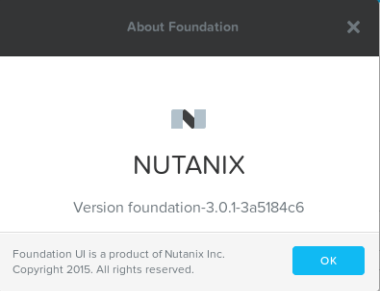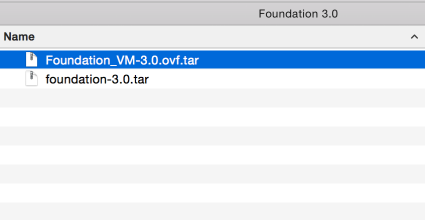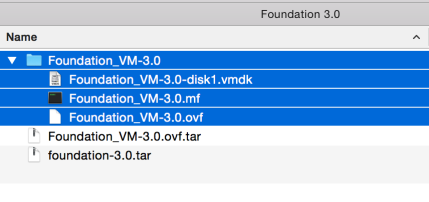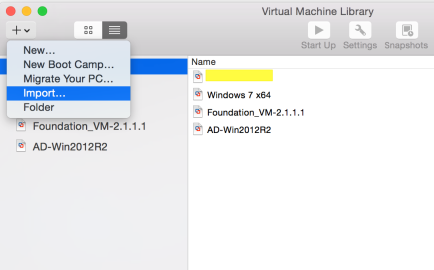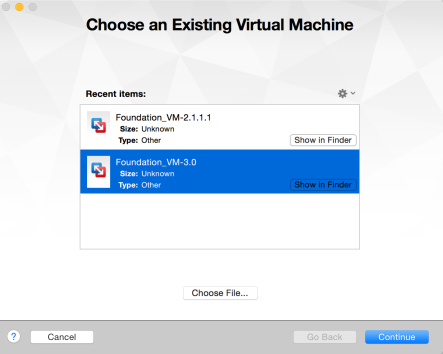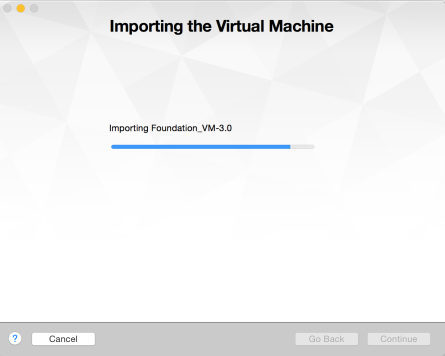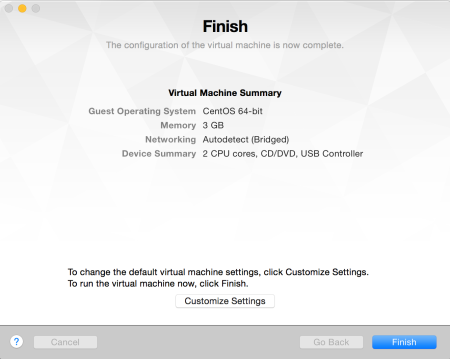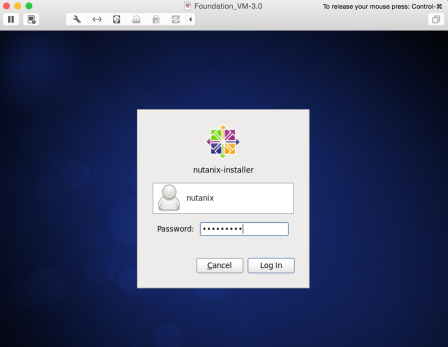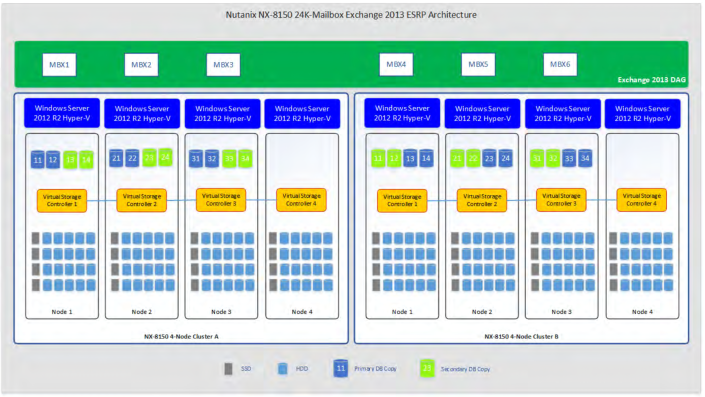Shutdown Nutanix
If you running vSphere on Nutanix, and want to shutdown all nodes in Nutanix, here is the step:
- Shutdown all your VMs (except CVM)
- Stop Cluster (SSH to CVM and running “cluster stop” command)
- Login to ESXi/vCenter
- Shutdown CVM (Shutdown Guest)
- Enter Maintenance Mode (ESXi)
- Shutdown ESXi
Power on Nutanix Cluster:
- Power on ESXi Server
- Exit Maintenance Mode
- Power on CVM
- Start Cluster (SSH to CVM and running “cluster start” command)
- Ensure all ESXi can see Datastore
- Power on VMs
Upgrade Foundation 3.0 to 3.0.1
- Open the Foundation VM on your workstation.
- Download the Foundation upgrade bundle (foundation-version#.tar.gz) from the support portal to a convenient location.
- Enter the following commands:
$ pkill foundation $ cd /home/nutanix/foundation/bin $ ./foundation_upgrade -t <path>/foundation-version#.tar.gz $ sudo service foundation_service restart
Check your Foundation, should be like this:
Nutanix Foundation 3.0 Part 1
The Nutanix Foundation is a tool to completely bootstrap, deploy and configure a bare-metal Nutanix cluster from start-to-end with minimal interaction in matter of minutes. The tool will request the ISO for Nutanix NOS (Phoenix) and the ISO for your preferred hypervisor.
Download the Phoenix from Nutanix Portal.
Then extract it.
Open VMware Fusion or VMware Workstation then Import.
Choose The Files (Foundation 3.0)
Click Continue
Once it is done, click Finish then Power On.
Deployment of Foundation 3.0 VM is finish.
Next we will continue..
Nutanix 24,000-Mailbox Virtualized Exchange Server 2013 Mailbox
Nutanix have published the industry’s first hyperconverged ESRP result – 24,000 mailboxes on a Nutanix NX-8150-based system based on the Microsoft Exchange Solution Reviewed Program (ESRP) – Storage program*.
*The ESRP – Storage program was developed by Microsoft Corporation to provide a common storage testing framework for vendors to provide information on its storage solutions for Microsoft Exchange Server software.
Here is information on the published Nutanix ESRP solution:
- 24,000 mailboxes
- 0.05 IOPS (0.06 IOPS tested for additional 20% headroom)
- 1.0GB per mailbox
- 6 Exchange Servers (3-node setup tested in a 4-node Nutanix cluster)
- 4 databases per host with 2,000 users per database
- Guest VMs running on Windows Server 2012 R2 on Nutanix (NOS 4.1.2)
- Nutanix CVM to Hyper-V using SMB 3.0
- Guest VMs using SCSI
Nutanix NX-8150 4 node cluster with Nutanix OS 4.1.2
Compute per node: E5-2690v2, 20 cores / 3.0 GHz with 256 GB of RAM o Raw storage:
Per node:
SSD: 3.2 TB (4x 800 GB)
HDD: 20 TB (20x 1 TB)
System (4-node per cluster,):
SSD: 12.8 TB (16x 800 GB)
HDD: 80 TB (80x 1 TB) o Networking:
Per node:
2x 10Gbps Ethernet ports with Jumbo Frames
System (using 4-node):
8x 10Gbps Ethernet ports with Jumbo Frames
Nutanix System Best Practices
This solution design follows these best practices:
- The Nutanix cluster is configured in an N+1 manner for node level failover operations.
- Three para-virtual SCSI (pvscsi) connections from theWindows 2012 R@ Hyper-V instance to controller virtual machine (CVM) are utilized.
- The Exchange database and logs are placed in the same vdisk.
- Nutanix replication factor of 2, plus two database copies provides resiliency with four total copies of the Exchange data.
- NTFS file systems formatted at 64KB allocation size.
